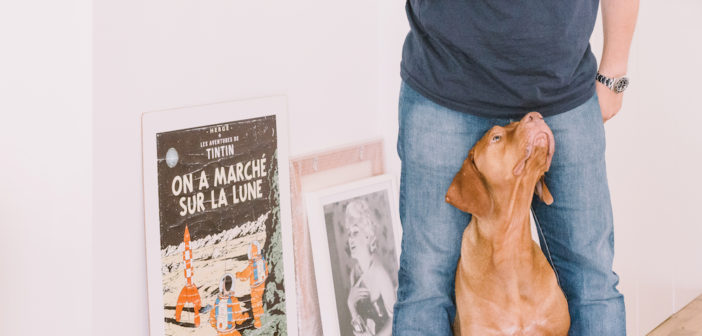Humans have had a special bond with dogs for millennia. They have always been our loyal best friends and playful companions, but they are so much more than that. Throughout the years, we’ve learned to help each other, and we’ve always had each other’s back.
Evolving as a Species
Dogs and humans evolved together, and one would not have been as successful without the other. When dogs were domesticated 100,000 years ago, they separated from their wolf ancestors to help us navigate the cruel world they knew so well. They became our threat system, trackers, hunting aids, and guardians. In return, we shared our stock of food, gave them shelter, and provided them with extra security from predators. Not only this, but we were also each other’s companions during a harsh time, and made each other happier and less stressed. Dogs come to us for a belly rub or a scratch behind the ear, and this touch releases the stress-reducing hormone oxytocin, and elevates levels of serotonin and dopamine, which helps both dogs and humans relax through struggles and stressful environments. This reaction is why dogs today have become caretakers for patients with depression and anxiety.
Mutual Benefits Today
In today’s age, we no longer live in a time in which dogs and human need to stand together to fight against predators and scavenge for food. However, our mutually beneficial relationship has continued, and we still help each other grow and stay healthy. We have become each other’s coach, doctor, guardian, and life-long friend. Going outside for runs helps both species stay fit and healthy. The National Institute of Health concluded that adults between the ages of 71 and 82 who regularly walk their dogs walk faster, longer, and get around their home easier than those who did not have dogs.
Dogs and humans also watch out for each other’s health. When Fido is sick and chewing on grass to settle his stomach, we take him to the vet to help him heal. We also take him to the vet for vaccinations to prevent him from contracting diseases such as rabies and Lyme disease. We help dogs live longer than their undomesticated counterparts, and they return the favor by taking care of us as we age. Dog owners over the age of 65 make 30 percent fewer trips to their doctor than their companion-less counterparts. At the onset of a seizure, heart attack, or stroke, dogs enter protection mode and alert their owners and attend to them until further help arrives. Dogs also increase one’s survival rate after experiencing a heart attack – from a one in 15 chance of dying within a year, to one in 87 – and help decrease mood fluctuations and memory loss in Alzheimer’s patients. As symbiotic species, we work together to live longer, stronger, and healthier lives.
Helping to Evolve Together
Want to build further on the relationship between you and your dog in a way that’s fun and mutually beneficial for your health? Take your best friend for hikes or go to the beach and swim. You can explore new areas together while also staying fit and healthy. Being out in the sun will expose you both to Vitamin D, which provides energy, decreases blood pressure, and wards off heart attacks, some cancers, and bone diseases. For your dog, Vitamin D helps bone formation and improves muscle and nerve control.
You can have fun together and further promote a healthy life for you and your four-legged best friend. Take care of him, and he will take care of you.





